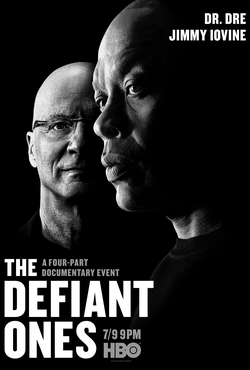The Empathy Cut
Hi Everyone,
I’m often asked how to “liven up” an idea-laden documentary that’s topic-driven rather than character-driven. Here’s a micro-editing tip that can add emotion and meaning to talking heads.
Imagine editing an interviewee who is explaining an idea. In the selects, look for moments when this person is silent. This quietude might be when they’re pondering how to answer a question, or just after answering, when looking at the interviewer expectantly.
Leverage those pauses to add a line or two of voiceover. The results can be magical. It propels the viewer inside the interviewee’s head, adding a layer of resonance to an impassive face.
Editors of The Defiant Ones, a 4-part HBO documentary series, have even given this editing technique a catchy name: “the empathy cut”.
As cutters Lasse Jarvi and Doug Pray have explained in editing blogs and podcasts, they used the technique so successfully that it became part of series’ editing grammar.
Adding music over “non-talking talking heads” can have a similar effect.
Of course, to have the footage to pull off this editing technique, the director/interviewer will need to stay silent for a few moments when an interviewee stops talking. (Often this audio vacuum can prompt valuable information or unintended confessions, because most people aren’t comfortable with silence.)
For more micro (and macro) editing tips, download for free my seminar Editing the Character-Driven Documentary.
Thanks to experienced screenwriter Phyllis MacBryde, a former Nicholl Fellowship finalist , for this wonderful testimonial:
“I have to thank you for your “Editing the Character-Driven Documentary” modules you made available. I spent several days last week watching and re-watching a module each day and they are terrific. I’ve taken various screenwriting seminars – McKee, Truby, among others – and this ranks with the best of them. It was concise and to the point, with excellent examples, and I appreciated how you simply and clearly laid out how to solve certain structural problems. I’ve raved about it to friends.”
